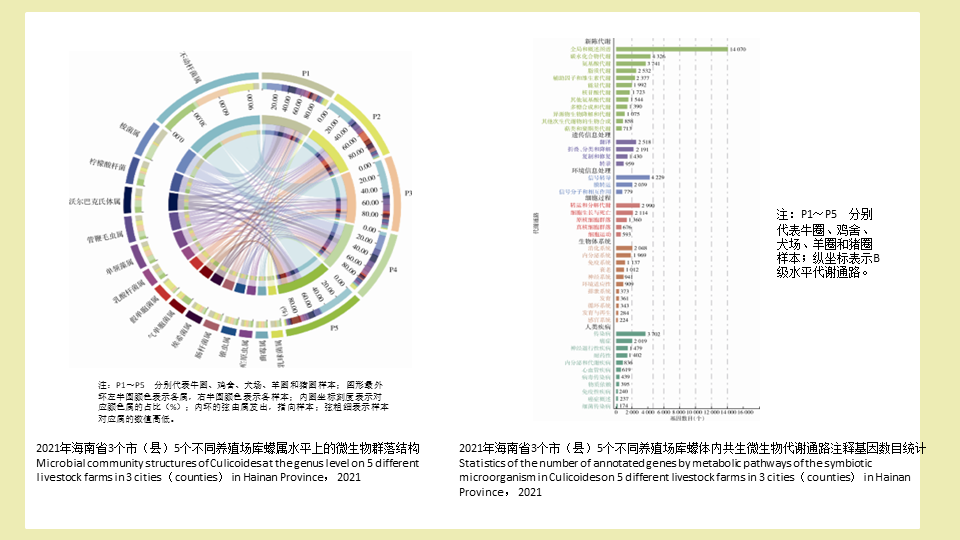 PDF(4534 KB)
PDF(4534 KB)


基于宏基因组学分析海南省不同养殖场库蠓共生微生物群落组成
樊洁丽, 刘焱晖, 殷雅楠, 赵建国, 孙定炜, 廖承红, 韩谦
中国媒介生物学及控制杂志 ›› 2023, Vol. 34 ›› Issue (4) : 472-479.
 PDF(4534 KB)
PDF(4534 KB)
 PDF(4534 KB)
PDF(4534 KB)
基于宏基因组学分析海南省不同养殖场库蠓共生微生物群落组成
 ({{custom_author.role_cn}}), {{javascript:window.custom_author_cn_index++;}}
({{custom_author.role_cn}}), {{javascript:window.custom_author_cn_index++;}}A metagenomic analysis of the composition of symbiotic microbial communities in Culicoides on different livestock farms in Hainan Province
 ({{custom_author.role_en}}), {{javascript:window.custom_author_en_index++;}}
({{custom_author.role_en}}), {{javascript:window.custom_author_en_index++;}}
| {{custom_ref.label}} |
{{custom_citation.content}}
{{custom_citation.annotation}}
|
/
| 〈 |
|
〉 |